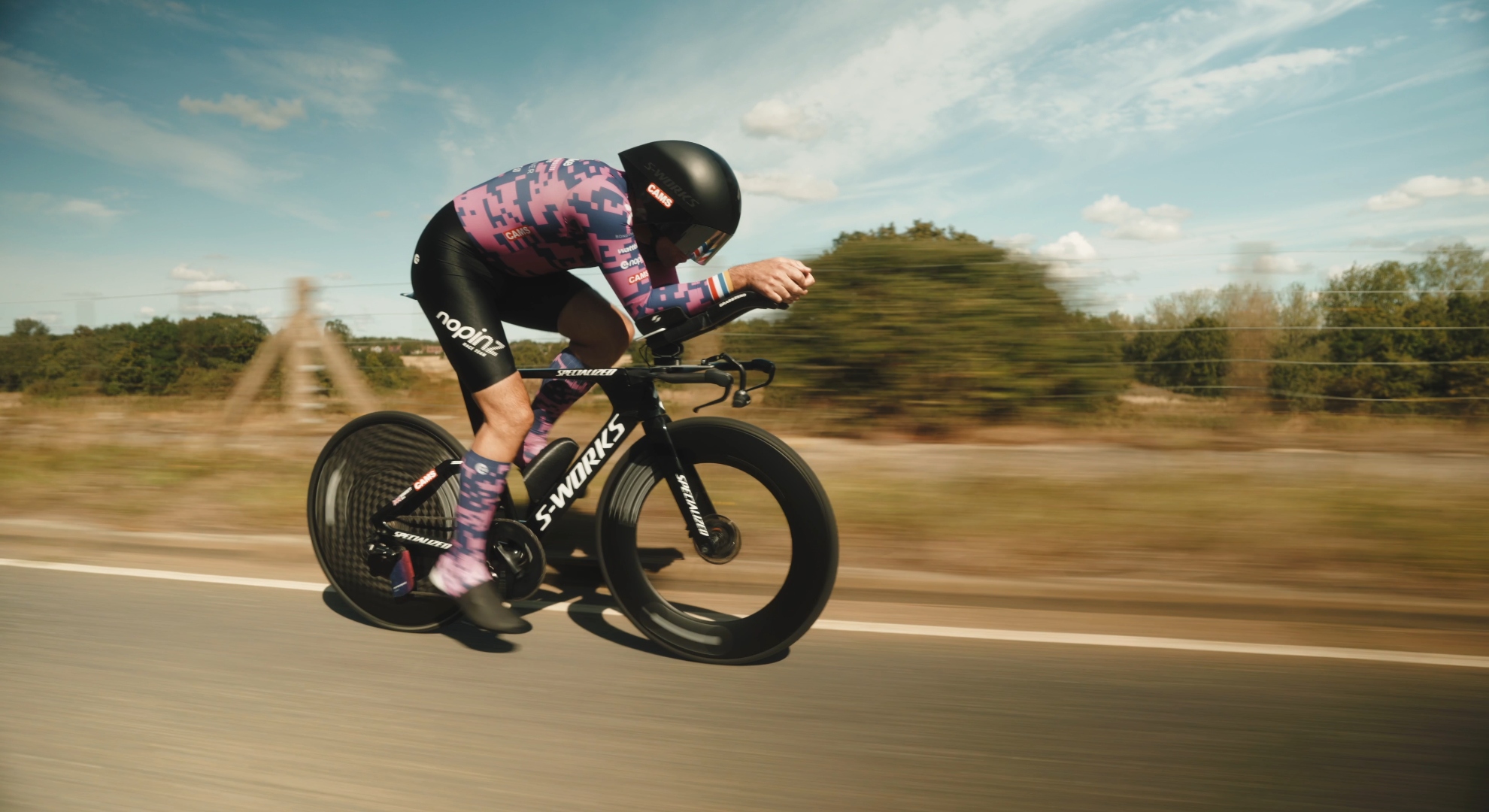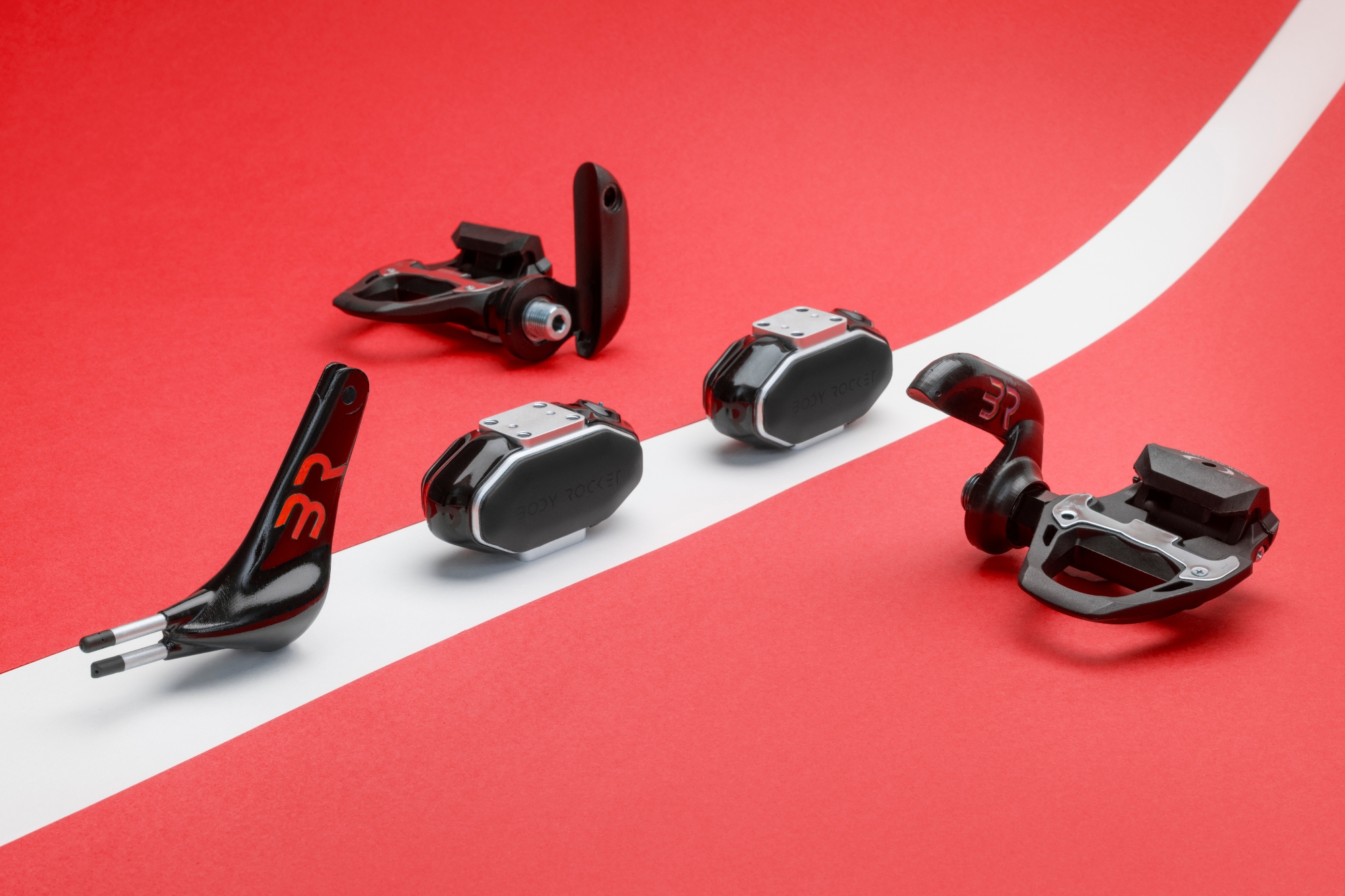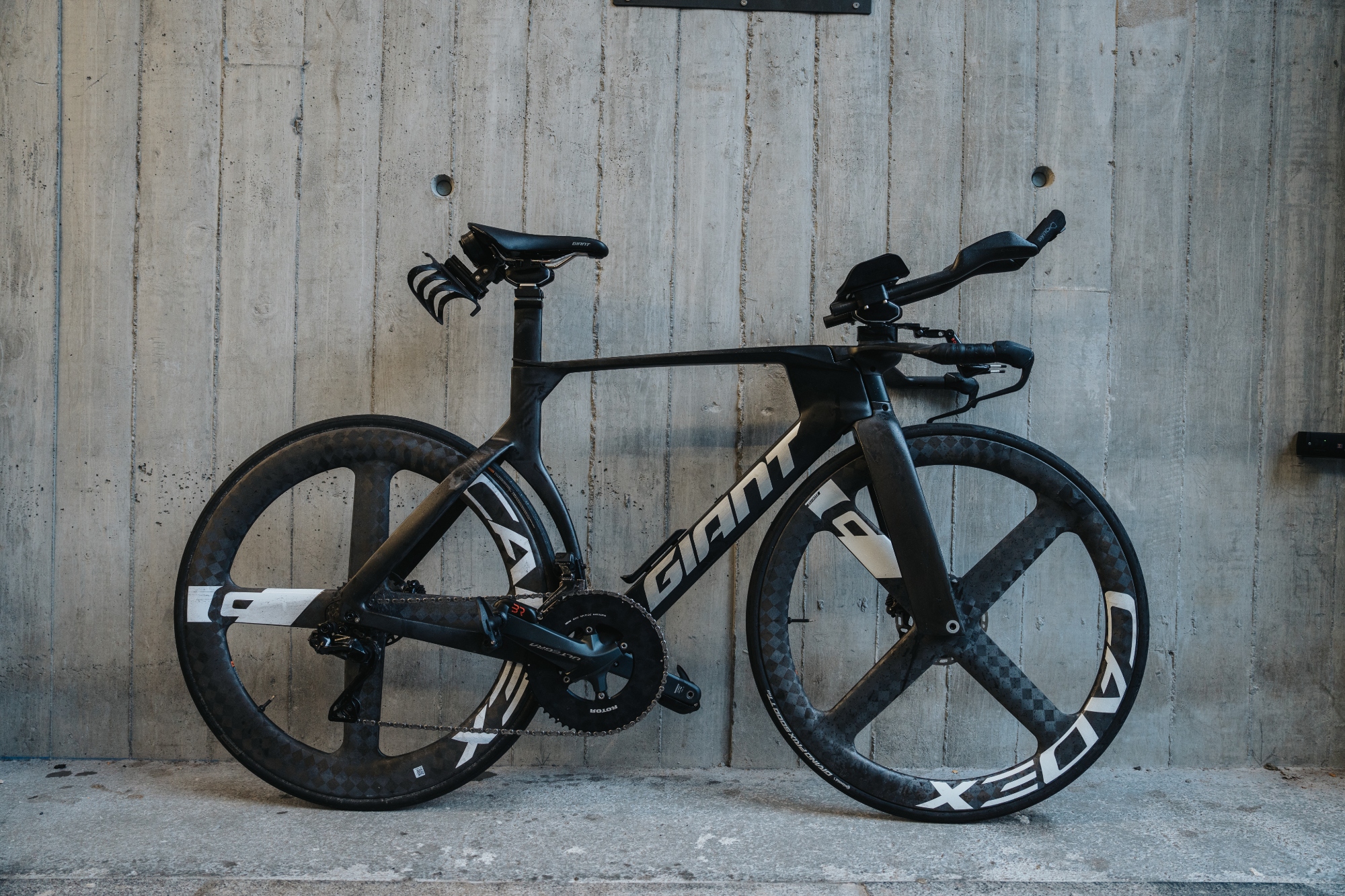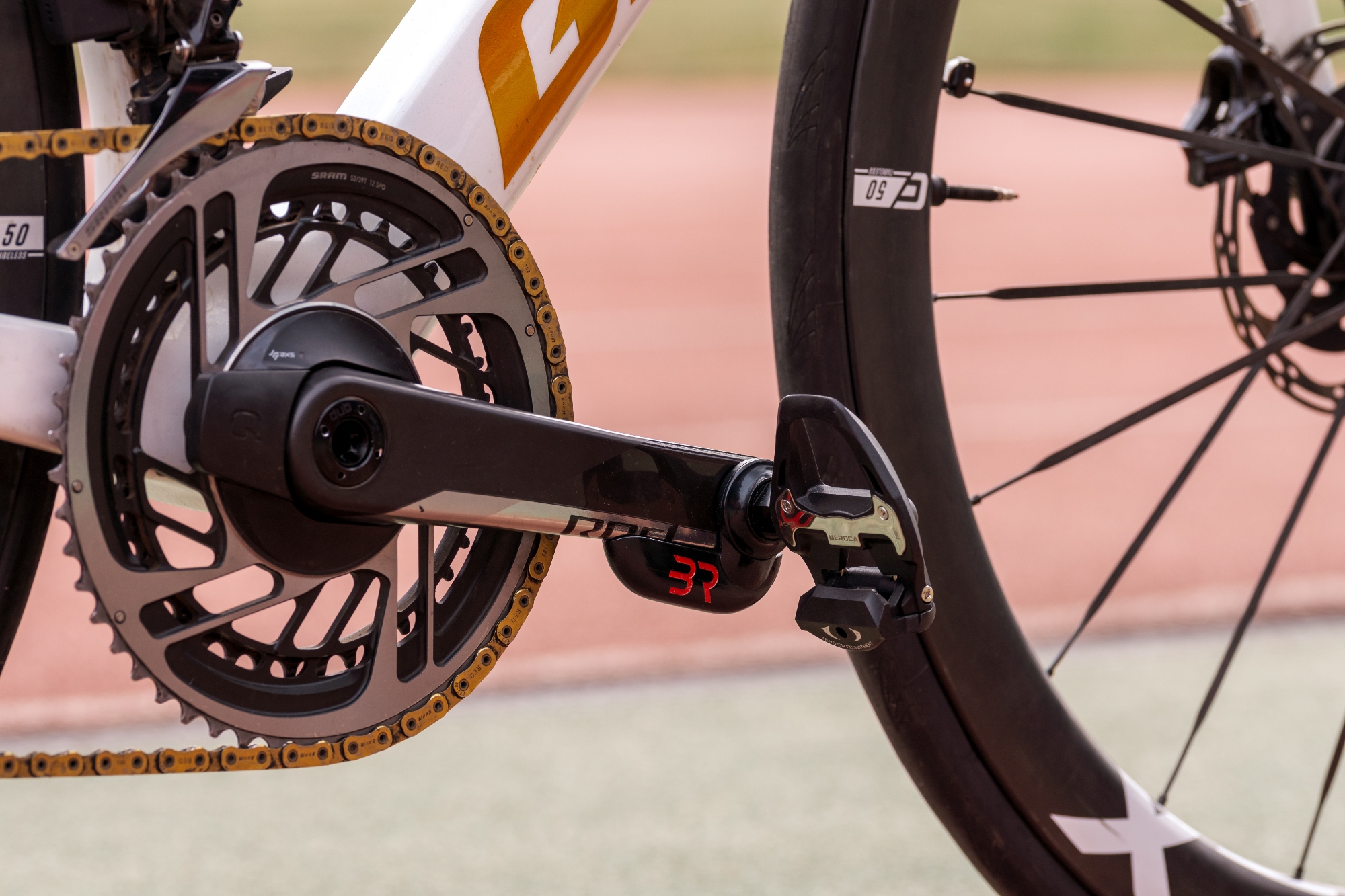Body Rocket AI-powered, real-time wind tunnel substitute available for pre-order
Bike-mounted, aero drag measurement system surpasses its Kickstarter target and offers packages that include coaching from Alex Dowsett

Body Rocket, the world’s first ‘real-time’ aerodynamic direct drag force measurement system, has surpassed its goal on the funding platform Kickstarter. It reached the $28,500 target less than two days after the Brighton-based tech startup announced that pre-orders for Body Rocket were live.
Cycling Weekly first covered the system two years ago, when the initial wave of crowdfunding began. After further development, the system is now offered in a range of packages that start at £2,950. For an extra £2,000, you can receive personal training from Alex Dowsett and other ‘bonuses’ featured in the Dream Team bundle. Dowsett, arguably one of the finest TT riders of his generation, was an early investor in Body Rocket.

Body Rocket's system uses aero sensors to provide real time data
Body Rocket’s USP is that it offers cyclists of all levels real-time CdA (coefficient of aerodynamic drag) rather than using estimates to calculate this number. It achieves this via a system that uses four sensors on the bike, located between the handlebar and stem, between the seat post and saddle and at both pedals. Combined they capture 47 measurements and 28,000 data points every minute. The dual-sided power pedals, which have a claimed accuracy of 0.1%, are currently being used at the Silverstone Sports Engineering Hub.

The aero sensors are placed between the saddle and the seat post, the bars and base plate and on both pedals
“Every single day is like being in a wind tunnel,” says Kristian Blummenfelt, Olympic and Ironman champion and Body Rocket investor, of the system. He credits Body Rocket with saving him 35 watts over 40km on his road bike, as well as 30 Watts in his TT position.
And here is another of the system’s key selling points. Most amateur cyclists don’t have the luxury of being able to visit a wind tunnel. But by having the sensor fitted to the bike at all times, users are collecting aero data every time they ride. And, unlike a wind tunnel, the numbers are delivered straight to the cyclist’s head unit, rather than having to be first interpreted by a professional.

The Body Rocket power pedals are dual sided and accurate to 0.1%
To aid this, Body Rocket has developed its own AI-driven software, called BRIAN (Body Rocket Individualised Ai Network), which it says “ guides users through the process and helps them track their progress over time, without them needing to become aero experts.”
“This is a significant moment, both for Body Rocket and for me personally,” says the company's founder Eric DeGolier. “We set out on a mission to make aerodynamics more accessible to all cyclists and triathletes and I’m pleased to say that we have achieved that and can’t wait to start manufacturing and shipping.”
For more information, visit Body Rocket's Kickstarter page

Thank you for reading 20 articles this month* Join now for unlimited access
Enjoy your first month for just £1 / $1 / €1
*Read 5 free articles per month without a subscription

Join now for unlimited access
Try first month for just £1 / $1 / €1
Get The Leadout Newsletter
The latest race content, interviews, features, reviews and expert buying guides, direct to your inbox!
Luke Friend has worked as a writer, editor and copywriter for twenty five years. Across books, magazines and websites, he's covered a broad range of topics for a range of clients including Major League Baseball, the National Trust and the NHS. He has an MA in Professional Writing from Falmouth University and is a qualified bicycle mechanic. He has been a cycling enthusiast from an early age, partly due to watching the Tour de France on TV. He's a keen follower of bike racing to this day as well as a regular road and gravel rider.
-
 Trek, State and Specialized raise bike prices while other brands limit US releases — Is this just the beginning?
Trek, State and Specialized raise bike prices while other brands limit US releases — Is this just the beginning?As tariffs hit, the bike industry is forced to adapt, whether through price increases, limited releases, or a restructuring of supply chains
By Anne-Marije Rook
-
 How I got my non-cyclist friend hooked on riding bikes — and how you can, too
How I got my non-cyclist friend hooked on riding bikes — and how you can, tooWith a little bit of gentle guidance, “bikes aren’t my thing” can turn into “when’s our next ride?”
By Marley Blonsky